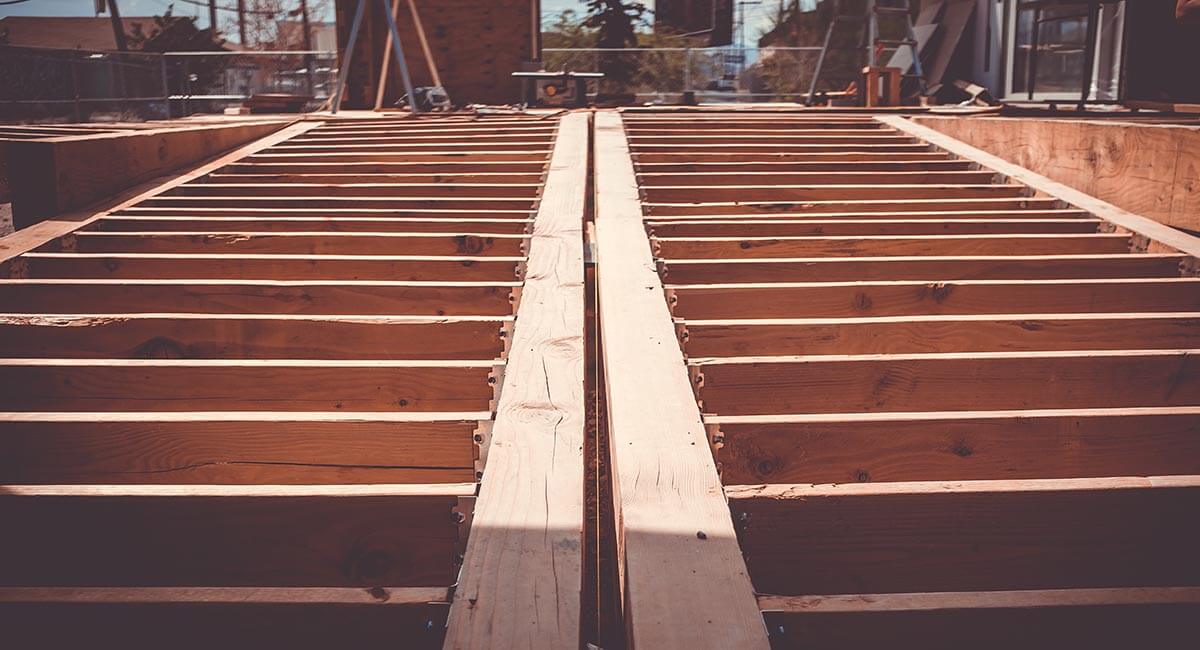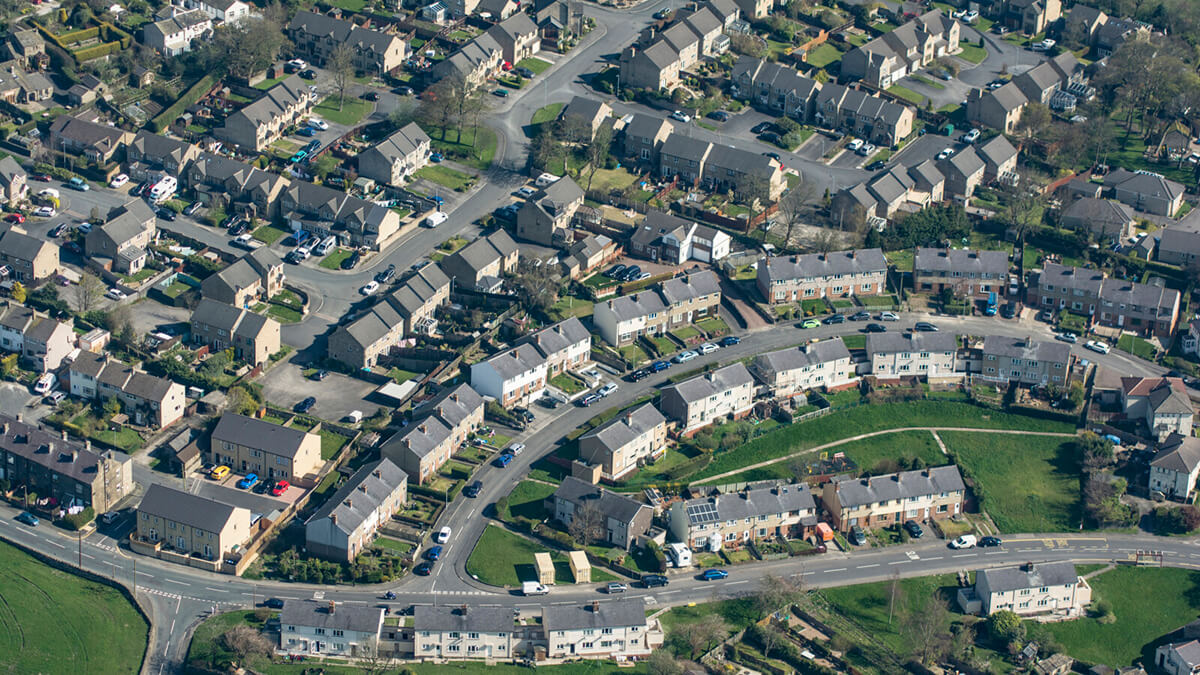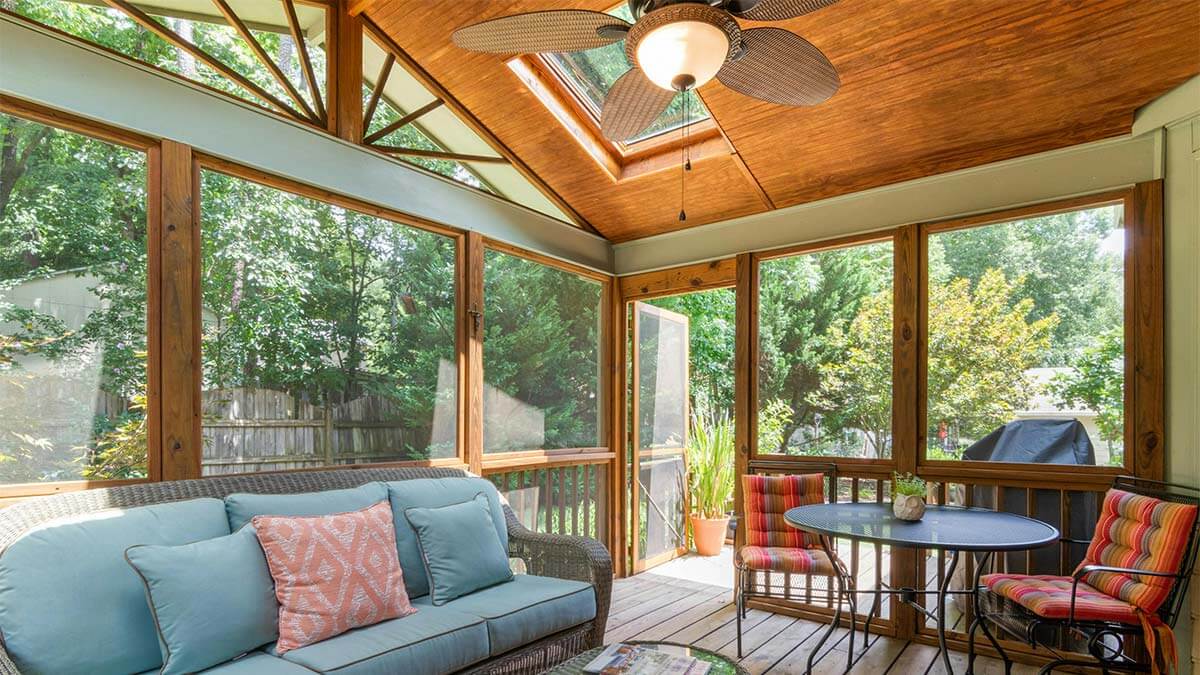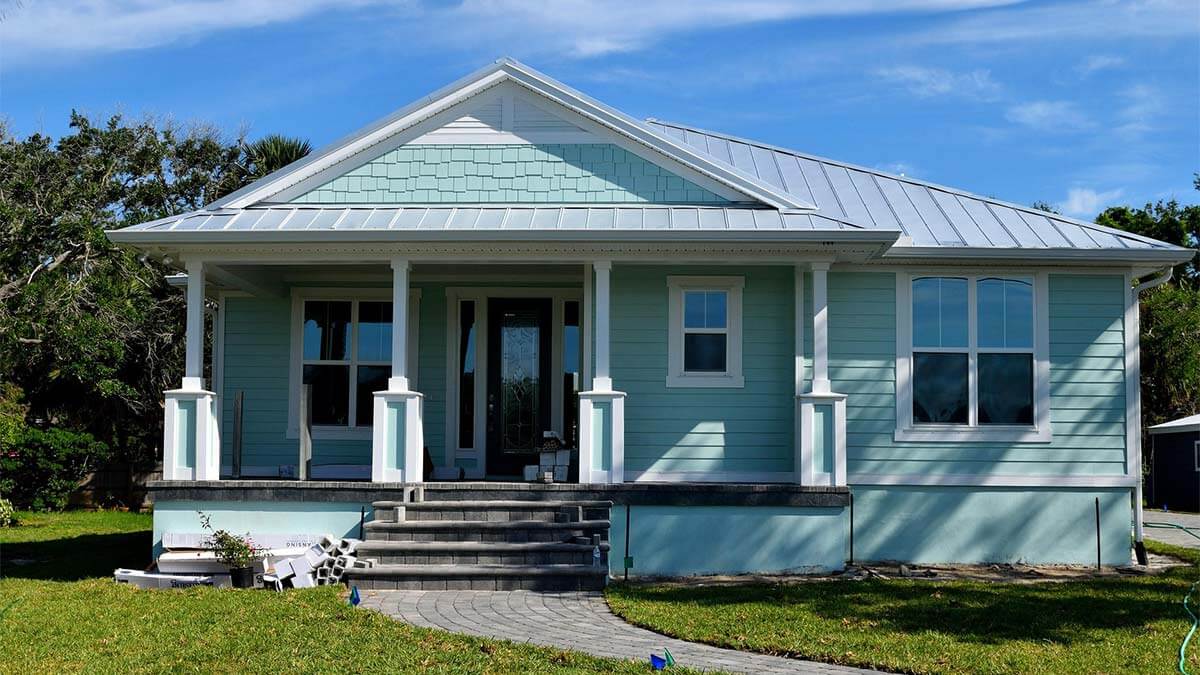One of the latest industries disrupted by the coronavirus pandemic is the lumber industry. A segment that at face may not seem like a dire issue but the lumber shortage continues to be a dominant issue facing the construction industry, and spills over into the residential real estate industry at large. Affecting at-scale single-family acquirers like iBuyers.
Home construction demand has continued to persist through the coronavirus pandemic. This growing demand for home construction can be attributed to surging demand in residential housing spurred by the population distribution from expensive, densely populated metropolitans (i.e. New York and San Francisco) to lower cost, smaller cities. New development in suburbs has ramped up as people look for spacious lifestyles in a work-from-home accommodations. Additionally, we have seen a surge in do-it-yourself (DIY) home projects, largely attributed to stay at home measures through COVID and evidence backed by large sales increases from retailers like HomeDepot and Lowe’s. This increased demand has led to everyday framing lumber inflating to over 80% since the spring, in some cases prices have more than doubled.
Lumber’s soaring prices show no sign of slowing. According to the National Association of Home Builders, lumber prices are up 134 percent from last year – which adds up to a $14,000 marginal price per house. The surge in prices result from a severe shortage of lumber supply. Industry experts attribute the scarcity of lumber to a plethora of contributions, including the disrupted supply chain from the coronavirus pandemic, tariffs on Canadian lumber, and chiefly, the surge in construction.
The significant upward pressure on constructions costs has worried builders and has further contributed to higher home prices since developers need to compensate the higher construction costs with higher home prices.
As we put this into context for the residential real estate industry and for the at-scale single family acquirers like iBuyers, one thing we can conclude is that inflated home prices from new developments will continue until demand falls or when construction costs slip. Builders are currently continuing to build regardless of costs since the current residential sector is very unique. The coronavirus induced real estate environment has led to increased demand for homes (derived from record low interest rates), and higher home sales making this environment especially attractive for developers.
Even though residential developers find this to be an attractive environment in the short-term, however, at-scale residential acquirers (like iBuyers) would find this to be a troubling time to invest. The surging demand has inflated home prices to record high price in many markets, making it difficult for investment firms like iBuyers to decipher if the prices can continue, or if they are buying at the top of the market. Long term, it is unclear if the urban flight to smaller markets can persist. Thus, appreciation rates are difficult to measure given the immense volatility. The lumber shortage would typically be a hinder for builders, but with pent up demand it is still an attractive time to build. On the other hand, investors like iBuyers may have a difficult time understanding where the long-term value is in markets and if the prices they are purchasing these residential assets at can continue to appreciate.
Compare Cash Offers from Top Home Buyers. Delivered by Your Local iBuyer Certified Specialist.
One Expert, Multiple Offers, No Obligation.




